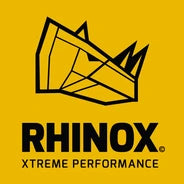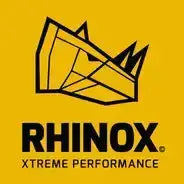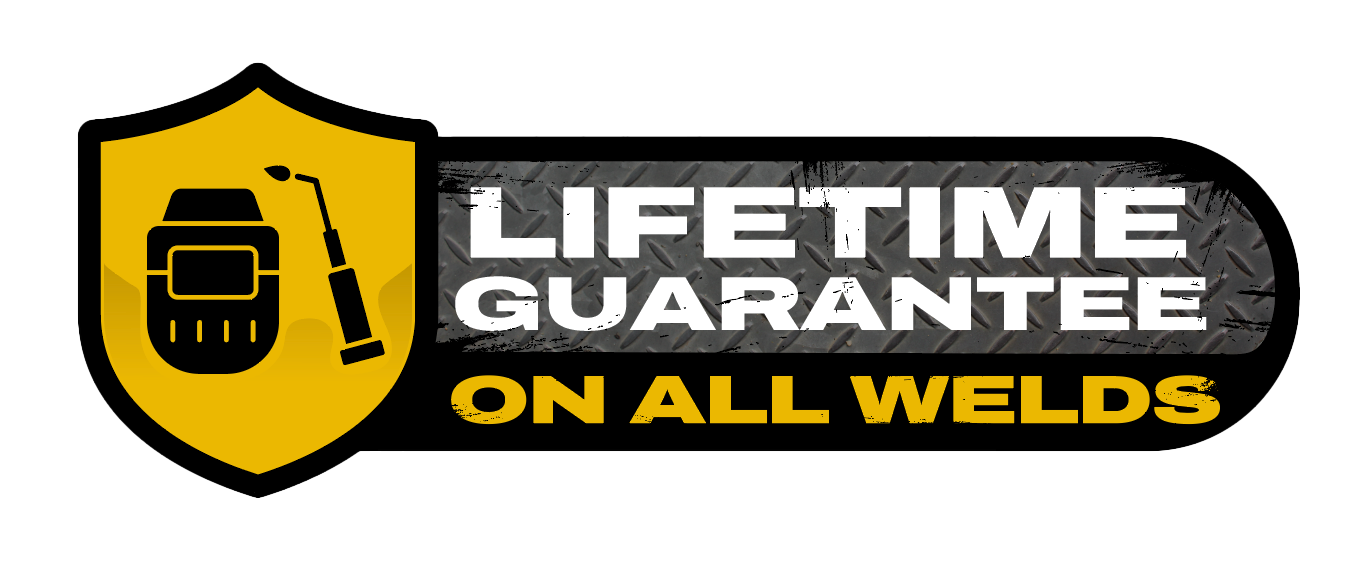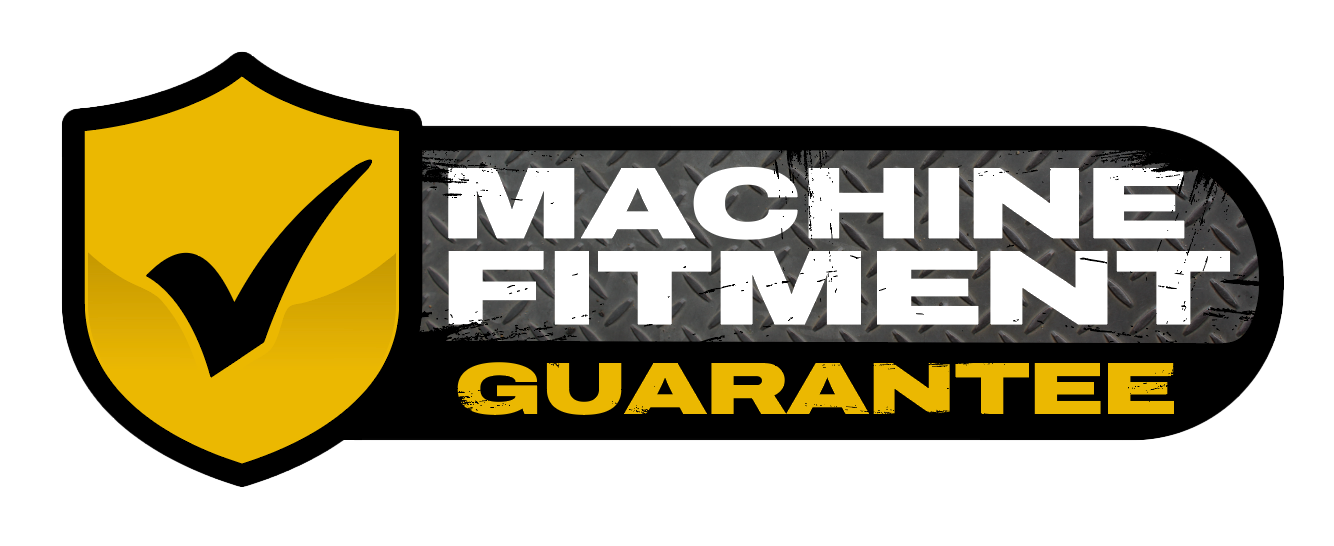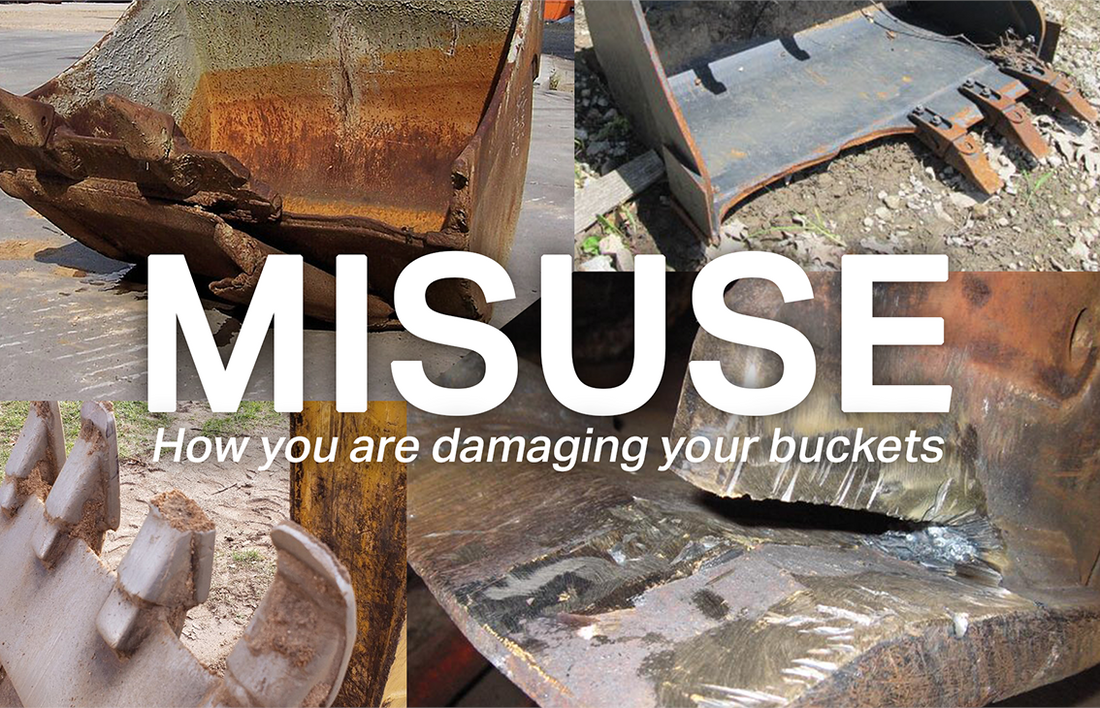
Misusing your Excavator Buckets
Excavator Buckets are regularly used incorrectly within the construction and landscaping industry! Misusing your buckets can cause unnecessary wear and tear to your buckets that can lead to expensive or irreparable damage. But how are you misusing them and what could you do instead? Continue reading to find out the 6 most common ways you could be damaging your buckets and what you can do to protect them.
Don't want to read? Watch this video instead.
How are you damaging your Excavator Buckets?
1. Lifting Concrete Slabs

Standard Digging Buckets and Grading / Ditch Cleaning Buckets are regularly used for lifting concrete slabs while tearing up patios, pathways, driveways and more. Although very strong, your standard bucket can only withstand a certain amount of harsh working conditions before the welds separate or the teeth / lip plate snap or bends. Standard Digging Buckets and Ditch Cleaning Buckets are designed for digging in rough terrain but toothed / bladed bucket edges can become damaged when lifting extremely heavy materials that are securely fitted to the ground as this is beyond their capability. For these jobs we would recommend using a Frost Ripper Tooth as they are a heavy duty attachment designed for use in harsh conditions.
2. Ripping Out Posts
Similarly to lifting concrete slabs, Digging and Ditch Cleaning Buckets are frequently used for ripping out objects like fence posts or tree stumps. As you can imagine, objects like these are, usually, fairly well fixed into the ground. This obviously means that the amount of force required to remove them from the ground is beyond the strength that the bucket and / or machine will be able to withstand. It may be okay initially, but continually used in this way would cause significant damage to the bucket structure as well as the excavator's physical and mechanical components. Instead, you should use an attachment like a Frost Ripper Tooth to rip up and stubborn objects or tough terrain and then use your Digging Bucket as standard afterwards.
3. Knocking In Posts

Opposite to removing posts is obviously...putting them in. One of the easiest ways that construction or landscape workers have found to secure objects like fence posts into the ground is by using the underneath or the side of the bucket and continually knocking it in with the power of the excavator.
Although, this can be effective, the repercussions of using your bucket in this way can cause cracks in the bucket which threatens the structural integrity of the bucket or cause the bucket to concave which leaves the bucket useless. In this instance, we would recommend using a proper Fence Post Rammer / Driver to knock your fence posts into the ground without causing damage to your buckets.
4. Using Toothed Buckets near Utilities
Around 60,000 underground cable strikes occur every year through buckets hitting cables while digging. However, many contractors are insisting that buckets are now used without teeth fitted to reduce these chances and provide some protection for their operators and site workers. This causes issues of it's own, where the exposed lip plate wears down, dramatically reducing the lifespan of your bucket and causing maintenance costs to increase due to unsuitable / damaged buckets being continually used. Rhinox developed a strong, rounded bolt-on edge called the Uni-Tusk, which is designed to deflected cables away from the bucket to reduce the chances of strikes, increasing site safety and dramatically increasing the lifespan of the bucket lip plate due to the additional durability and resistance.
Want to know about the Rhinox Uni Tusk? Watch the videos below:
5. Using a Ditch Cleaning Bucket as a Bulking Bucket
Some excavator operators believe that using a Grading Bucket instead of a Digging / Bulking Bucket will be more efficient and quicker as the bucket is wider so must hold more material. This is actually a false, although a Grading Bucket is wider, the depth has been narrowed to reduce the weight of the bucket so that the excavator is able to utilise the bucket without damage. This is the same across all excavator sizes and manufacturer. The Standard Digging / Bulking Bucket does actually hold a larger volume of material even though the are narrower than the Grading Bucket due to the increased depth. This means that Digging / Bulking Buckets are best used for moving material quickly and efficiently.
6. Using the back of a Ditch Cleaning Bucket for Levelling
Speaking of Ditch Cleaning Buckets, these buckets are regularly used incorrectly and cause unnecessary wear and tear. The back / reverse of a Grading Bucket is often used to level / profile / finish a surface - although this can be effective, it damages the reverse of bucket due to the continued impacted with abrasive surfaces. Instead, a Grading Beam should be used. These are a fairly new attachment to the market but are highly sought after and desired by many landscapers as they make finish of projects like levelling top soil before laying turf and spreading piles of aggregate across a driveway much quicker and easier.
Want to know more about Grading Beams? Watch the videos below:
Purchasing your products!
If you want to purchase a Rhinox Frost Ripper Tooth, Uni Tusk Bucket or Grading Beam for your projects, visit out website here. Or contact us via tel: +1 267 861 0812 or email: sales@rhinox-group.us
